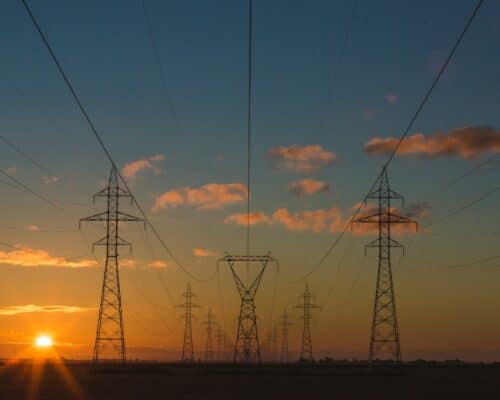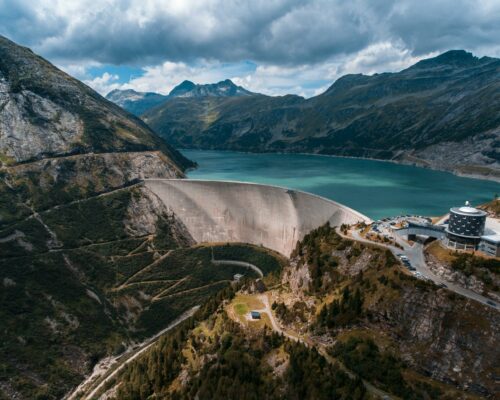Renewable Energy and Fossil Fuels in Vietnam – The Misleading Narratives
14 May 2021 – by Viktor Tachev
The recent growth of renewable energy in Vietnam deserves a place in the textbooks. But looking at just numbers or failing to understand the full scope of the country’s ambitious clean energy plan risks neglecting the real problems. To shed light on Vietnam’s sustainability prospects, we examine the renewable energy and fossil fuels pitfalls in the country’s policy.
The Renewable Energy and Fossil Fuels Narratives Threatening Vietnam’s Sustainable Future
Recently, Vietnam’s Ministry of Industry and Trade released a draft proposal for the new national power development plan. The primary focus of the public’s interest is Vietnam’s PDP8 targets to increase the share of renewables in the country’s overall energy mix to 30% by 2030 and 53% by 2045.
Many fail to acknowledge that the plan also targets to increase the gas-to-power sources from 15% at the start of the decade to up to 23% come its end. The gas-utilizing capacity is planned to jump from about 7 GW in 2020 to up to 33 GW in 2030. To achieve that, the PDP8 targets constructing a 5 GW combined cycle gas turbine source utilizing LNG and 500-700 MW flexible source (ICE) in the Northern part, and 900 MW of ICE in the Southern region.
This information is crucial, yet understated. The reason it isn’t in the spotlight is because of two widely spread misleading narratives:
“Gas is a clean or cleaner fuel.”
The truth is natural gas’ negative effect on the environment is likely much higher than commonly believed. As a fossil fuel, gas is almost entirely made up of methane (CH4). It is a much more potent greenhouse gas than carbon dioxide (CO2), causing over 30 times more warming over 100 years.
Leakages from natural gas
The leakages of methane across natural gas supply chains, known as fugitive emissions, augment the carbon footprint of natural gas. According to estimations, the methane emissions within the oil and gas industry have been underestimated by up to 58 million tons per year. Industry-leading organizations are now urging countries to take action and drive them down.
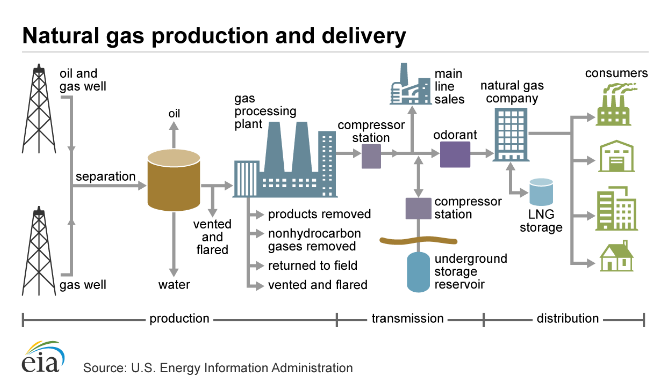
Experts agree that LNG might be the “lesser evil” than coal. Yet, they admit it still isn’t sufficient to limit the rise in global temperatures to the 1.5°C targets. Many countries like Ireland, Sweden, France, Australia, and more are now putting the brakes on LNG projects.
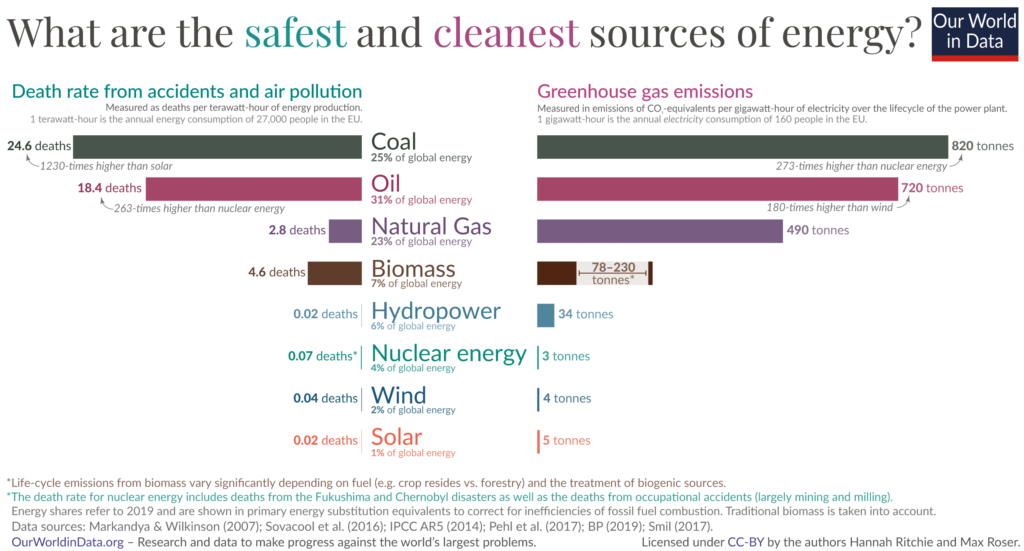
Yet, Vietnam’s local media persistently ignores this. Many different outlets are pushing the narrative that gas is a clean fuel. They also insist the country should be making the coal-to-gas transition to cut emissions, ignoring how potent methane is as a greenhouse gas.
Whether this results from an organized campaign or just ignorant behavior, it doesn’t change the fact that LNG isn’t the clean fuel the world needs.
“Gas is a good transition fuel.”
Gas is often proclaimed as a natural bridge between “dirty” and “clean” energy. Aside from the harmful effect on the environment that we already covered, such statements aren’t right also because they ignore the high costs of building the necessary natural gas infrastructure. The cost of electricity from new gas-fired power plants is also significantly higher compared to solar and wind.
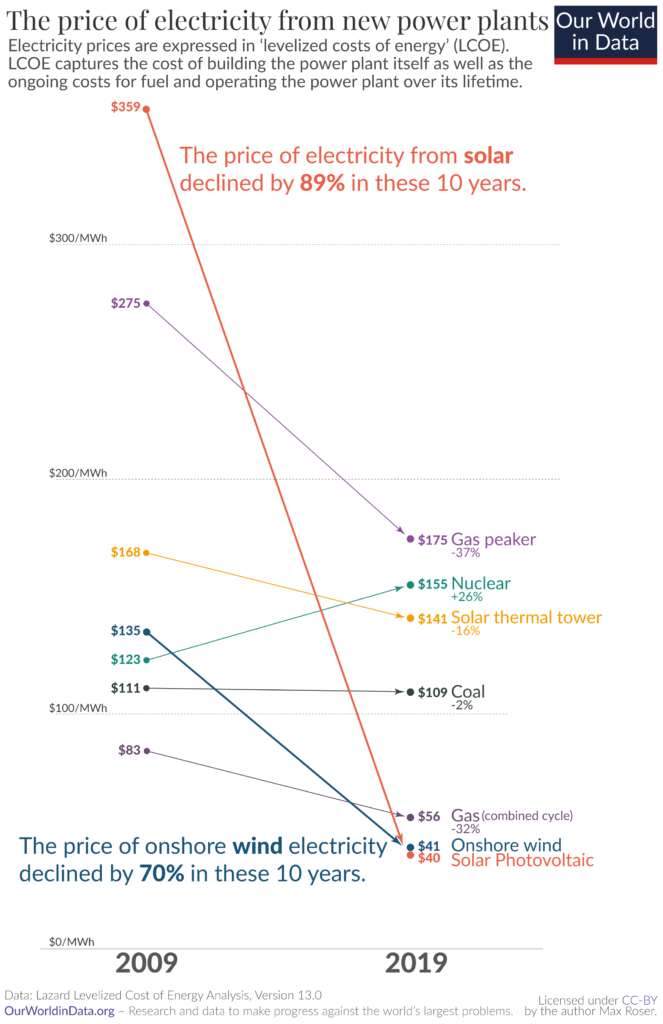
Furthermore, the statements are based on the idea that renewables are unreliable, thus the need for a more stable and proven transitional fuel like natural gas. However, this theory has been proven wrong on more than one occasion.
If anything, the high volatility of international gas prices ironically make the fossil fuel a much less reliable source than renewables. In 2020, for example, the spot prices for LNG bound to Northeast Asia bounced between a low of US $1.83 per million British Thermal Units (MMbtu) to a high of US $12.40/MMbtu.
Experts project that a new era of even higher gas prices and volatility might be upon us. As the main reasons, they point out lower drilling, financial instability within the industry, and low levels of investments.
“The oil and gas industry has used the bridge fuel myth as cover for expanding gas supply and consumption as much as possible.”
Oil Change International
LNG as a Threat to the Renewable Energy Transition in Vietnam
The fuel doesn’t complement renewable energy transition. Just the opposite, it hinders clean energy to an extent where it may slow it down significantly. This will likely affect Vietnam’s remarkable progress on that front. Many climate scientists are increasingly concerned that a gas industry expansion would lock the world into a high-carbon future.
The gas infrastructure currently in development will likely operate for decades due to the inefficiency of closing it down ahead of its expected economic lifespan. That is why experts urge to stop building new infrastructure that will not fit within Paris-aligned carbon targets.
Vietnam now risks surrendering to the geopolitical pressure and embrace the LNG expansion. The increased interest of US companies in LNG projects in Vietnam is natural, considering the common campaigning in the USA. In January 2020, the oil and gas lobbying group, American Petroleum Institute (API) launched its “Energy for Progress” advertising campaign. It described natural gas as a “clean” or “environmentally friendly” energy source. It also said that increasing global exports of U.S. gas “offers a solution to help lower the world’s carbon footprint.”
According to Global Energy Monitor, the oil and gas industry plans to spend US $1.3 trillion (70% of them in the US) to build a global infrastructure and boost the LNG trade. The climate impact of the projects, including the effects of methane leaks, would exceed that of all coal-fired power plants under construction or in pre-construction planning worldwide.
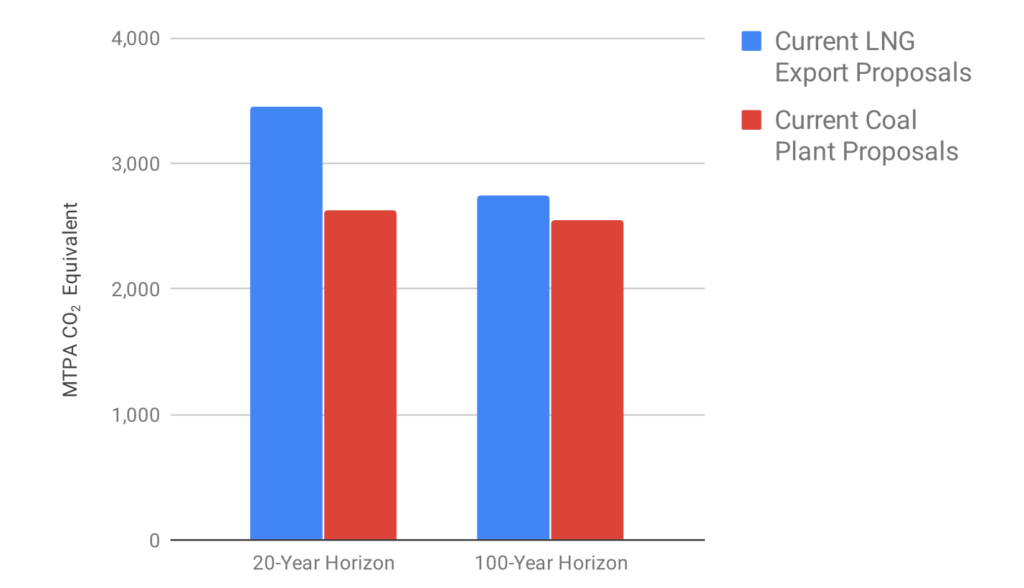
Source: Global Energy Monitor
What Should Vietnam Do?
With the LNG push, Vietnam risks tarnishing the progress it had already made on the clean energy stage. To avoid it, the country should address the misleading renewable energy and fossil fuels narratives and overcome the associated challenges.
The climate goals the world is pushing for right now require complete decarbonization of the energy sector by 2050. Alternatively, phasing out both coal and gas. In that sense, the idea of needing a “transitional” fuel like gas isn’t viable. Pouring investments in projects with such a short expected lifespan isn’t sustainable. Even more so considering the continuously falling costs of wind and solar energy.
Natural gas might indeed be a bridge, but the question is a bridge to where? And the answer isn’t a greener future.
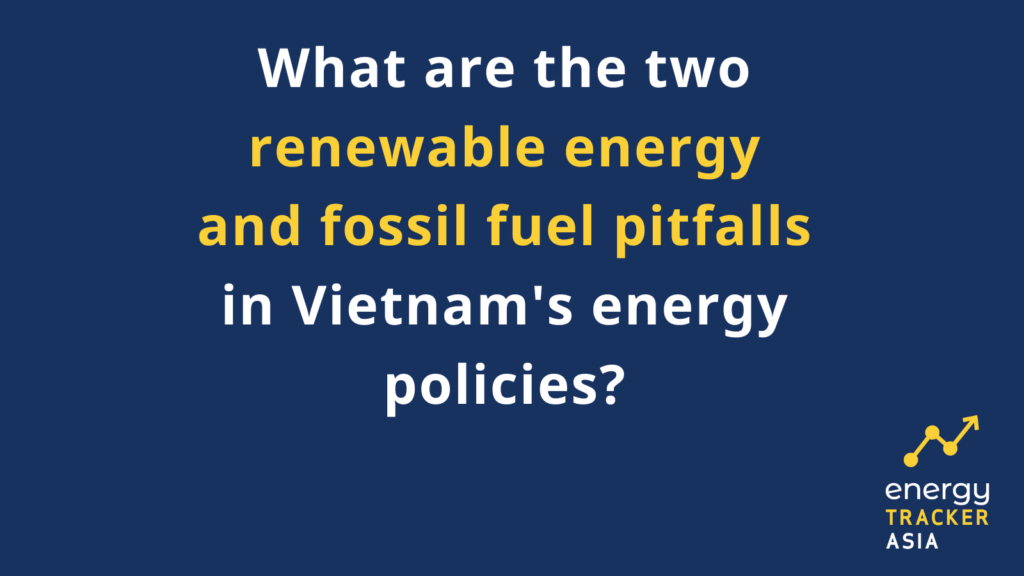
by Viktor Tachev
Viktor has years of experience in financial markets and energy finance, working as a marketing consultant and content creator for leading institutions, NGOs, and tech startups. He is a regular contributor to knowledge hubs and magazines, tackling the latest trends in sustainability and green energy.
Read more